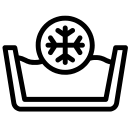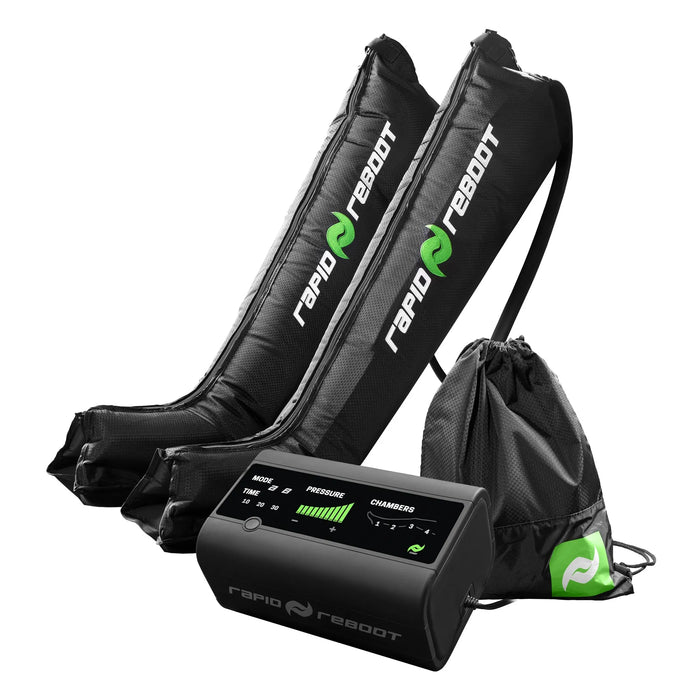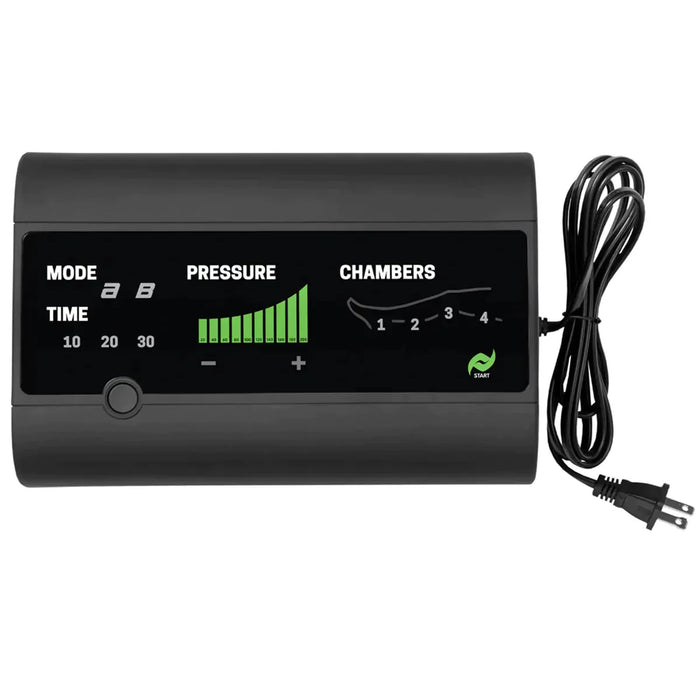How Compression Therapy Helps Athletes
Athletes regularly push their bodies through intense training and competition, making recovery essential to staying at peak performance and avoiding injury. One proven recovery solution gaining mainstream popularity is dynamic air compression. Once prescribed by doctors for conditions like DVT, lymphedema, and even during pregnancy, this technology is now available over the counter for athletic recovery. In this guide, we’ll break down the benefits, science, and top features of dynamic air compression—and highlight top-rated devices from leading brands.
-
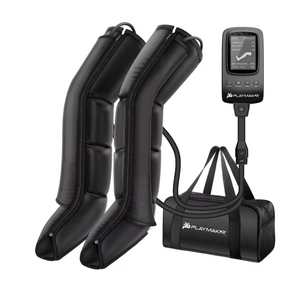

iBoost™ Sequential Compression & Recovery System
Regular price $299.95Regular price -
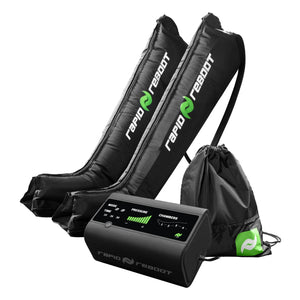
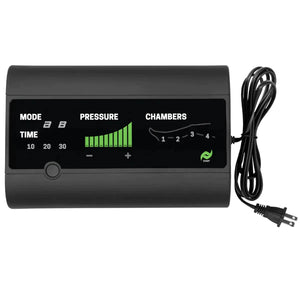
CLASSIC Compression Boots Package
Regular price $645.00Regular price -
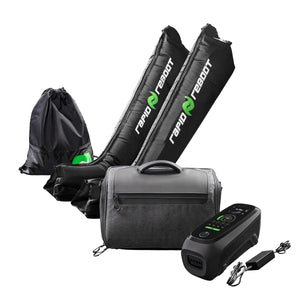
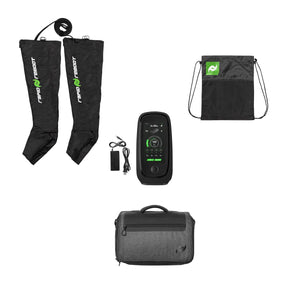
REGEN Compression Boots Package
Regular price $1,095.00Regular price -
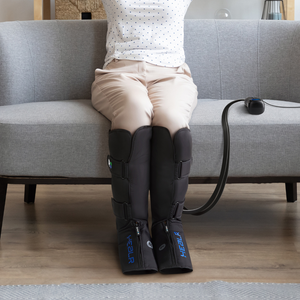
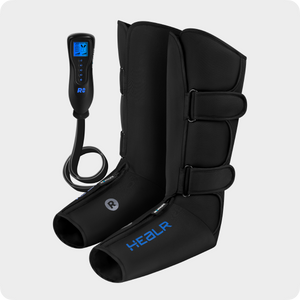
HEALR Compression Boots
Regular price $119.99Regular price$199.99Sale price $119.99

How Does Compression Therapy Work?
Compression therapy uses controlled pressure—delivered through garments or specialized devices—to enhance circulation, reduce swelling, and support healing. By helping move blood and fluid out of congested tissues, it effectively reduces inflammation and promotes faster recovery.
The Science Behind Compression Therapy
-
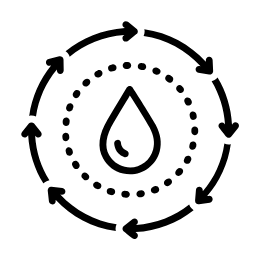
Improved Circulation
Compression therapy boosts circulation by gently pushing blood and fluid back toward the heart, helping prevent pooling in the legs or other areas.
-
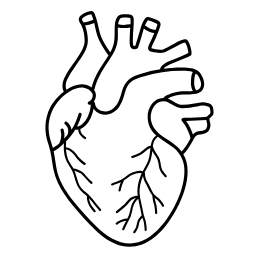
Reduced Swelling
By promoting fluid movement, compression therapy helps to reduce swelling and edema, which can occur due to various medical conditions or injuries.
-

Pain Relief
Improved circulation and reduced swelling can lead to pain relief, especially in conditions like varicose veins, lymphedema, or after surgery or injury.
Scientifically Proven
Prescibed by Doctors for Decades and Supported By Science
Thousands of clinical studies demonstrate that compression therapy improves recovery times, enhances muscle repair, reduces inflammation, and increases mobility.

Find the Perfect Compression System
-


CLASSIC Compression Boots Package
Regular price $645.00Regular price -


REGEN Compression Boots Package
Regular price $1,095.00Regular price -
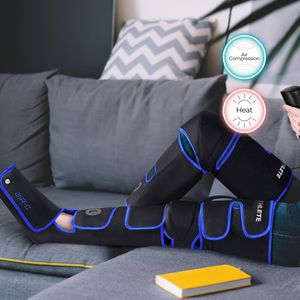
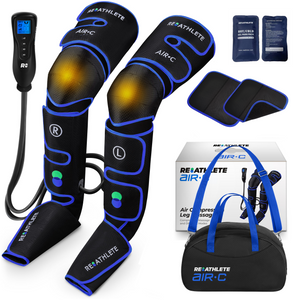
Air-C Compression Massager
Regular price $149.99Regular price$299.99Sale price $149.99 -


iBoost™ Sequential Compression & Recovery System
Regular price $299.95Regular price
-
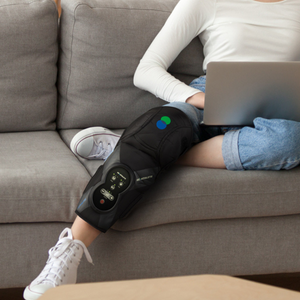
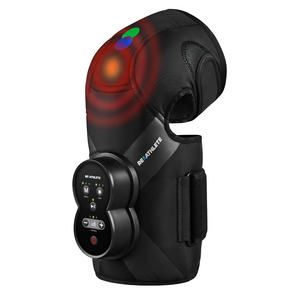
XPRESS Knee Compression and Heat
Regular price $119.99Regular price$199.99Sale price $119.99 -


HEALR Compression Boots
Regular price $119.99Regular price$199.99Sale price $119.99
-
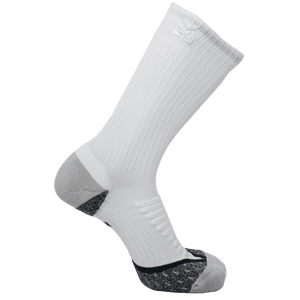
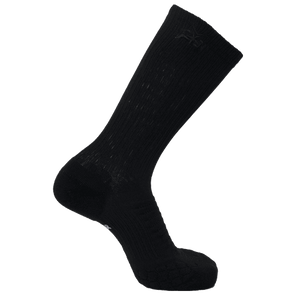
-
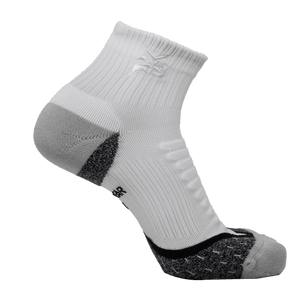
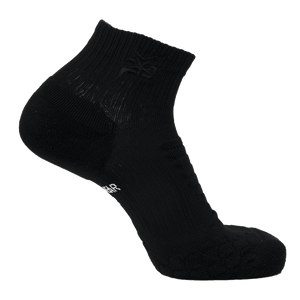
-
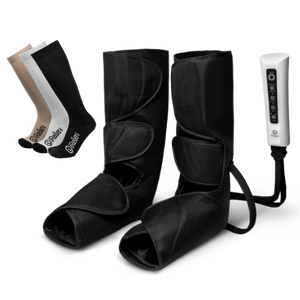
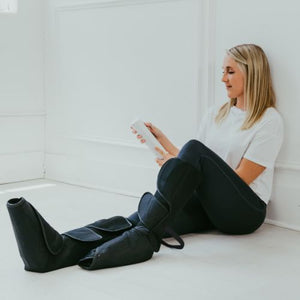 Vendor:iReliev
Vendor:iRelievCompression Therapy Bundle
Regular price $104.97Regular price$174.95Sale price $104.97


















